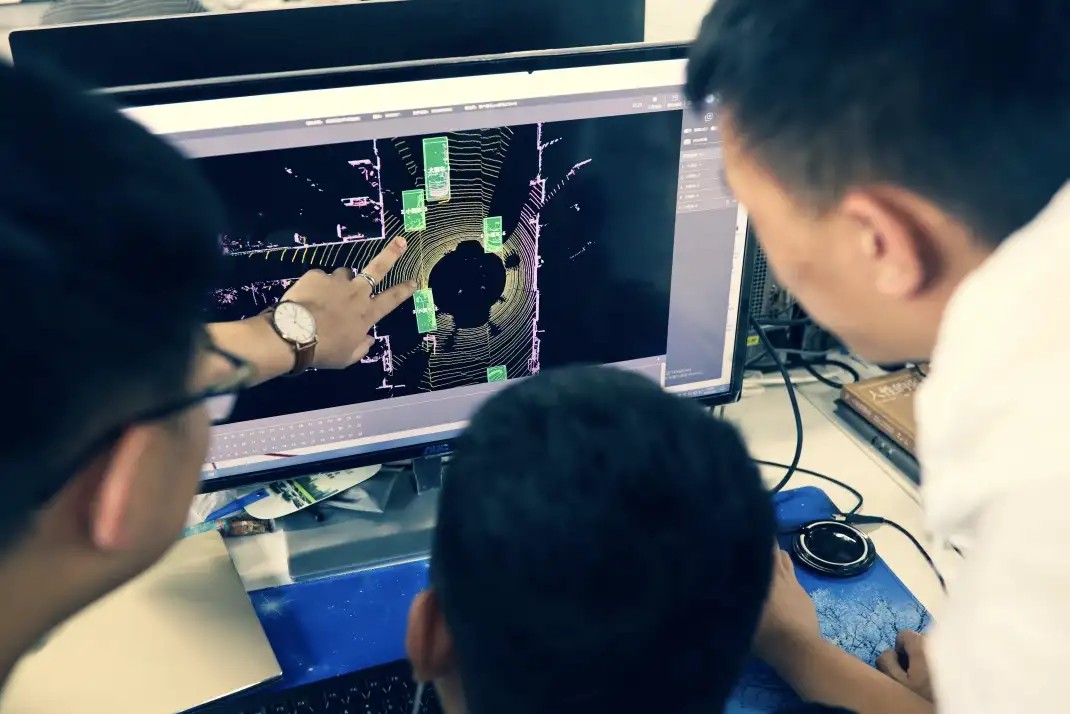What is Dataset Creation?
Dataset creation refers to the process of gathering, organizing, and formatting data to be used for analysis, modeling, or training machine learning algorithms. The creation of a dataset is the first step in any data-driven project and plays a crucial role in the success of subsequent stages. A good dataset is the foundation of reliable insights, accurate predictions, and informed decision-making. It involves collecting raw data from different sources, ensuring its quality, and transforming it into a structured format suitable for analysis.
Data Collection Methods
The process of dataset creation begins with data collection. This can be done through various methods, depending on the nature of the project and the available resources. Common methods include surveys, web scraping, sensor data collection, and accessing public databases. It is essential to consider the source’s credibility and the data’s relevance to ensure the dataset aligns with the project goals. Furthermore, data should be collected ethically, respecting privacy and legal guidelines to avoid any future complications.
Data Cleaning and Preprocessing
Once the data is collected, the next critical step in dataset creation is cleaning and preprocessing. Raw data often contains errors, duplicates, or missing values that need to be addressed. Cleaning ensures the dataset is free of inconsistencies and is more reliable for analysis. Preprocessing involves transforming the data into a format that can be easily understood by algorithms or analysts. This may include normalizing numerical values, encoding categorical variables, or handling missing data through imputation techniques.
Structuring the Dataset
After cleaning, it is necessary to structure the dataset in a way that makes it usable for specific analyses or model training. This step may involve organizing the data into rows and columns or applying appropriate formats such as CSV or JSON for easy access and manipulation. Additionally, creating metadata, which describes the dataset’s features, helps users understand the context of the data. Proper labeling of the dataset ensures that the right variables are used when performing tasks like predictive modeling, classification, or clustering.
Quality Assurance and Dataset Validation
Dataset creation is not complete without rigorous quality assurance. A dataset’s quality directly impacts the outcomes of data analysis and model training. To ensure the dataset is accurate and reliable, it should undergo validation, which involves verifying the correctness of the data, its relevance, and its consistency. This stage may also involve conducting statistical tests, checking for bias, and making sure the dataset is representative of the target population or scenario. Proper validation techniques help build trust in the dataset and ensure its effectiveness for further analysis.

